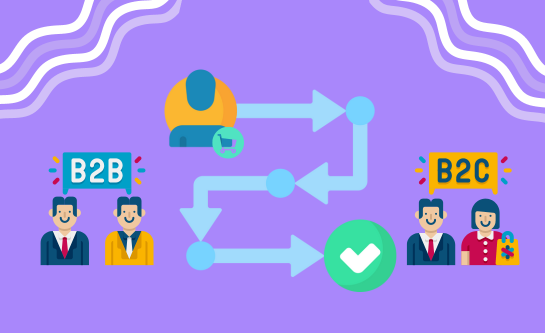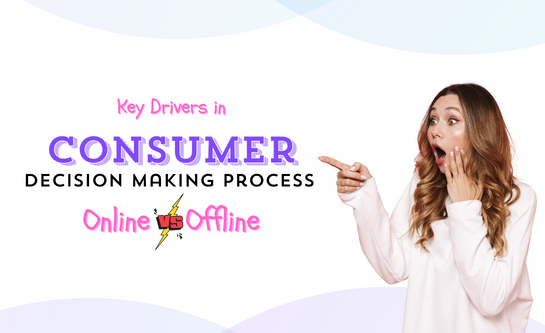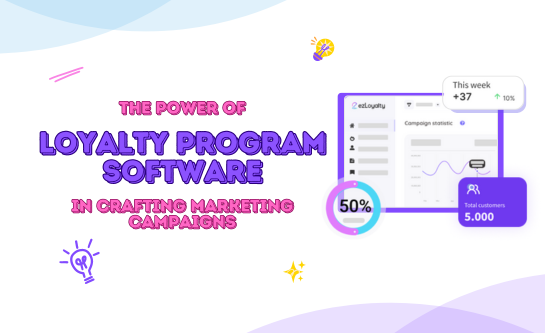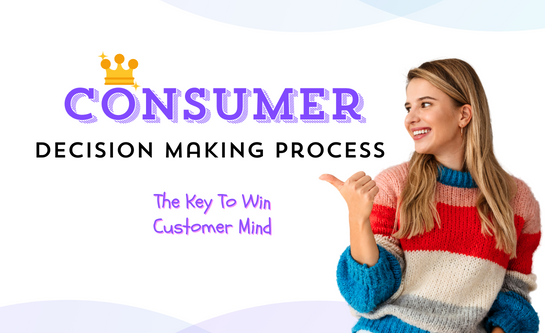Unveil Consumer Decision-Making Process in E-Commerce
 Jul 19th, 2024
Jul 19th, 2024
 572 views
4 MINS READ
572 views
4 MINS READ
Today’s consumers embark on a journey through various stages before making a purchase, called a consumer decision-making process, and comprehending this journey is essential for e-commerce businesses to convert potential customers effectively. This article will reveal a detailed customer journey in the e-commerce industry and suggest strategies to optimize each stage for maximum success.

Stage 1: Awareness
At the onset of their journey, consumers become aware of a need or desire, often prompted by external stimuli such as social media, search engine results, or recommendations from friends and family. E-commerce businesses must strategically position themselves to capture consumers’ attention during this crucial stage. Leveraging digital marketing channels like social media advertising, influencer partnerships, and content marketing can effectively introduce the brand and its products to the target audience. Compelling storytelling, captivating visuals, and engaging content are critical in creating brand awareness and piquing consumers’ interest.
Stage 2:Research
As consumers progress to the research stage, they actively seek information to evaluate their options and make informed decisions. This phase is characterized by extensive online browsing, comparison shopping, and reading product reviews. E-commerce businesses must provide comprehensive product information, including detailed descriptions, specifications, sizing guides, and high-quality images, to facilitate consumers’ decision-making process. Moreover, investing in search engine optimization (SEO) to ensure visibility in search results and publishing informative content such as blog posts, how-to guides, and product reviews can establish the brand as a trusted source of information within the industry.
Stage 3: Consideration
In the consideration stage, consumers narrow down their choices and delve deeper into specific product features, pricing, and value propositions. E-commerce businesses can employ targeted marketing tactics to stay top-of-mind and sway consumers towards their offerings. Personalized recommendations based on browsing history and purchase behavior, retargeting ads across multiple channels, and email campaigns highlighting exclusive deals or limited-time offers can effectively influence purchase decisions. Additionally, providing interactive tools such as product configurators or virtual try-on experiences can enhance the overall shopping experience and foster deeper engagement with the brand.
Stage 4: Decision
At the decision stage, consumers are primed to purchase but may still require reassurance or incentives to seal the deal. E-commerce businesses can capitalize on this opportunity by offering compelling incentives such as discounts, free shipping, or bundled deals to incentivize conversion. Clear and intuitive checkout processes, multiple payment options, and transparent return policies are essential elements that instill confidence and alleviate any lingering doubts or hesitations. Moreover, implementing social proof strategies such as showcasing customer testimonials, ratings, and reviews can further validate the purchase decision and reinforce trust in the brand.
Stage 5: Post-Purchase
The consumer journey extends beyond the point of purchase into the post-purchase stage, where the focus shifts towards delivering exceptional customer experiences and fostering long-term relationships. E-commerce businesses must prioritize timely order fulfillment, proactive communication regarding order status and shipping updates, and seamless post-purchase support to ensure customer satisfaction.
Besides that, to drive long-term engagement, e-commerce firms should analyze feedback through follow-up emails, encourage customers to share on social media, and implement loyalty programs to reward repeat purchases.
Additionally, as consumers’ purchasing process in the e-commerce market involves low interaction and understanding of the product in reality, unsatisfactions, misperceptions, and bad reviews may happen.
Conclusion
Mastering the intricacies of the consumer decision-making process is indispensable for e-commerce businesses striving to succeed in today’s competitive landscape. By strategically aligning their marketing efforts with each stage of the customer journey and delivering personalized experiences that resonate with their target audience, e-commerce businesses can effectively drive conversions, foster customer loyalty, and achieve sustained growth in the ever-evolving digital marketplace.
 Back to blog page
Back to blog page

































